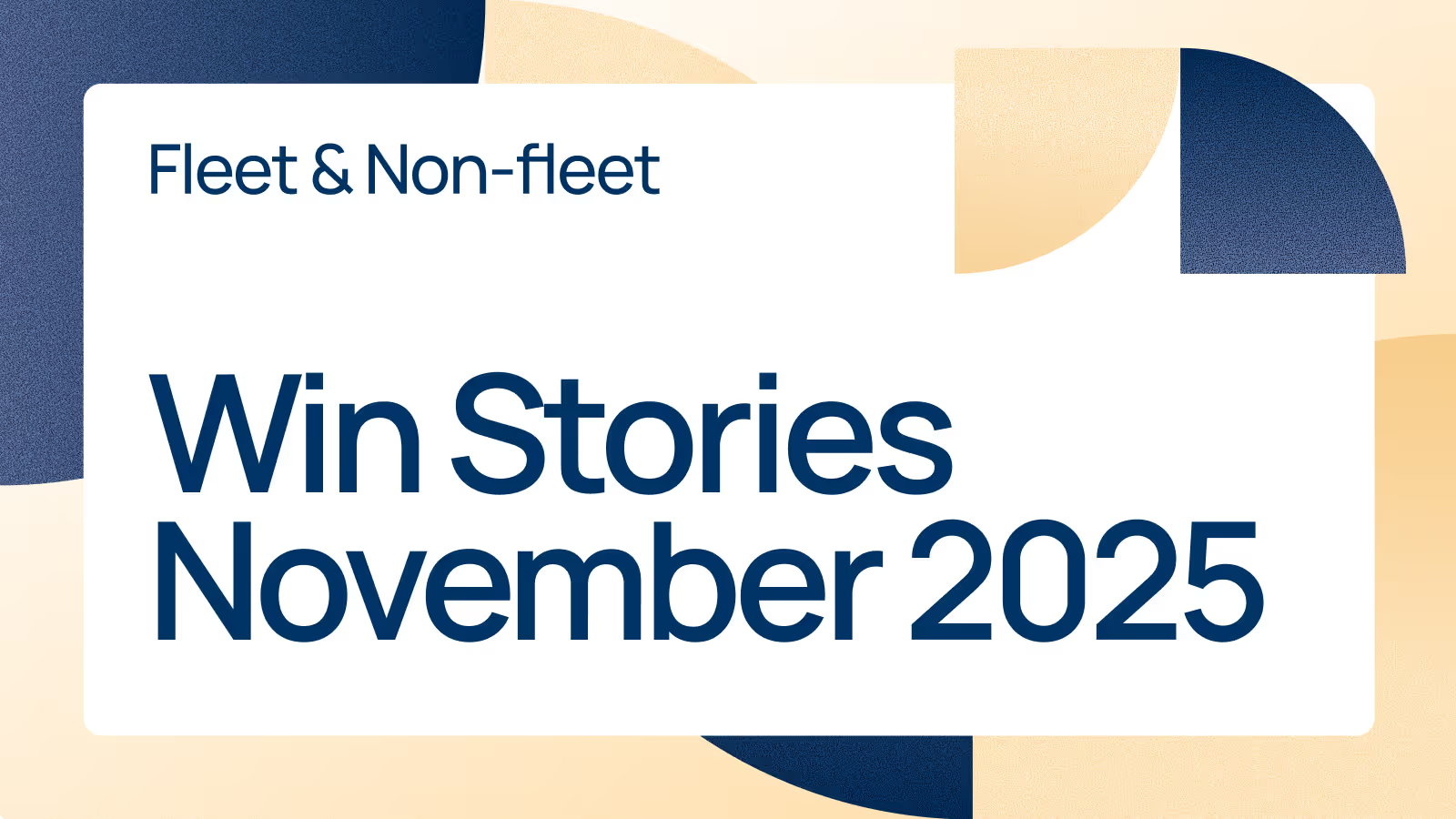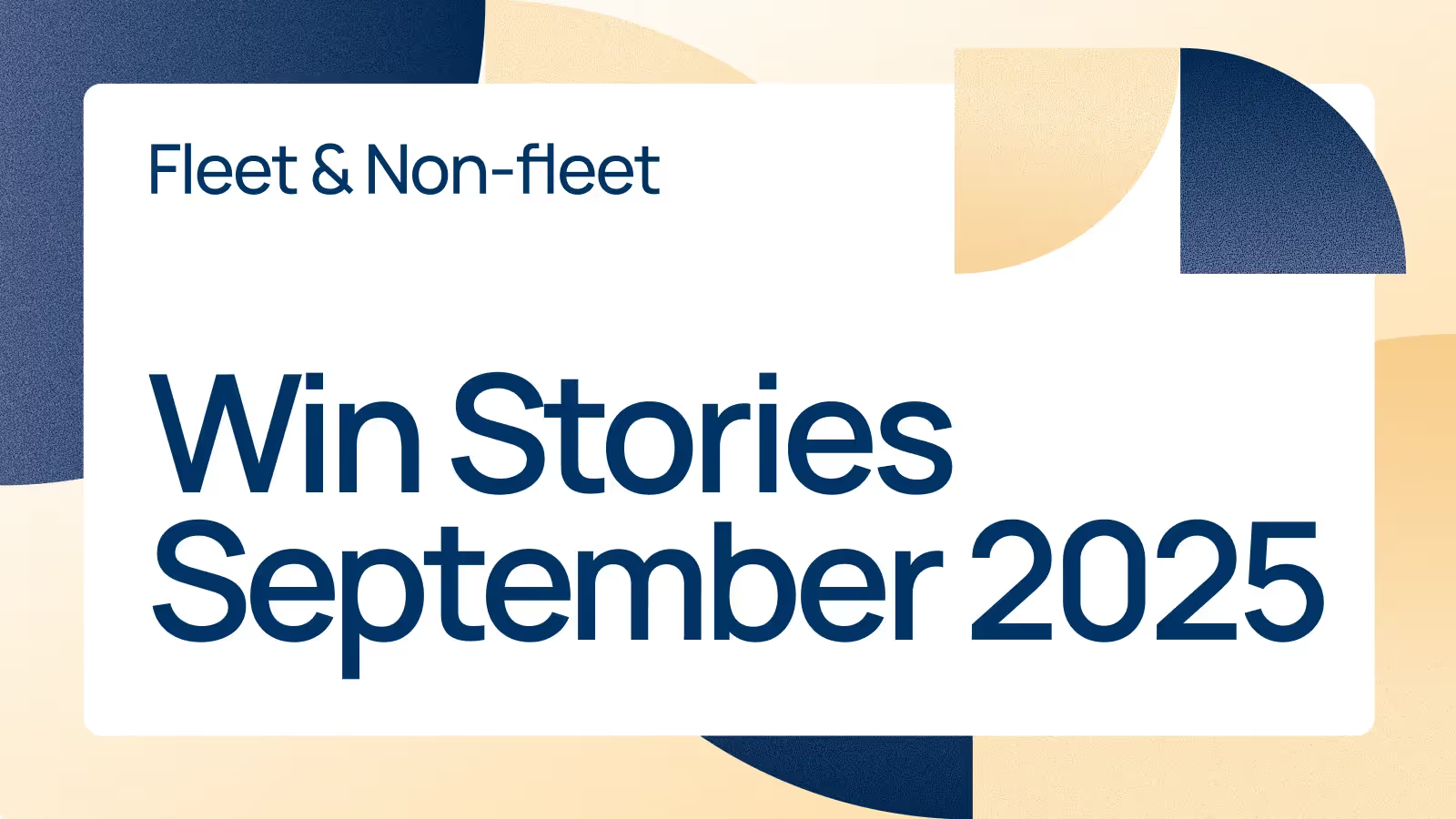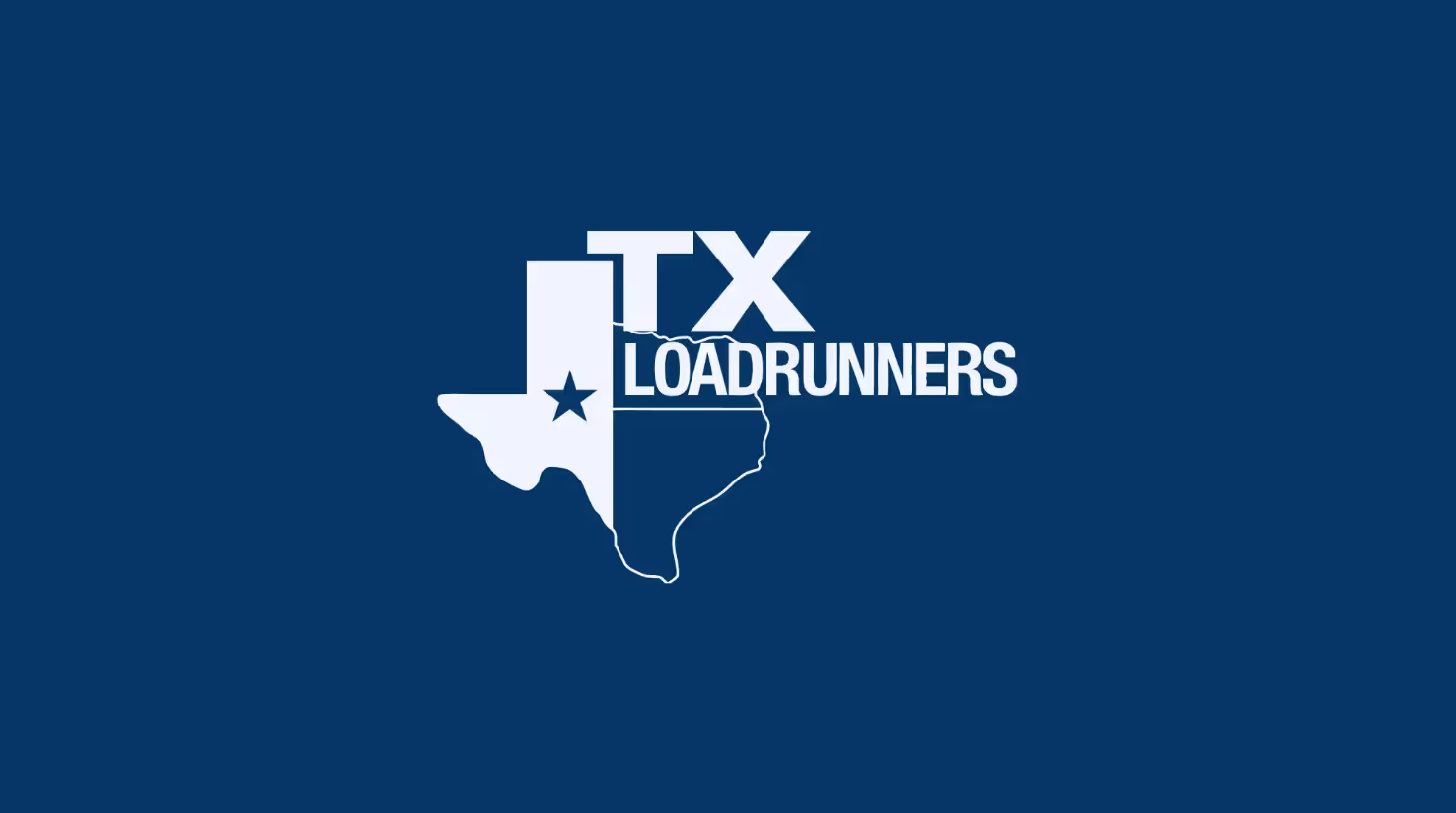Yet, a major shortcoming of the BASIC score is that it only evaluates moments in time — during an accident or near miss — and fails to consider the bigger picture of a fleet’s safety record over time.
That’s where your fleet’s vehicle telematics come in.
By accessing valuable electronic logging devices (ELD) data on various aspects of each driver’s performance and behavior over time, fleets can isolate areas of improvement and offer training and incentives to improve driver safety behavior. Subsequently, with the use of telematics insurance, fleets benefit in the long run with a better reputation, lower premiums, enhanced profitability, and safer drivers.
Another key aspect gleaned from leveraging your fleet’s vehicle telematics is using this data to promote good driving behavior. Here are four tips fleets can use to accomplish this:
- Apply the 80/20 rule to improve fleet performance
Drivers take a lot of pride in their work, and for good reason: the transportation industry is a vital part of America’s economic engine. How a driver operates and maintains their equipment is akin to their resume, and like other workers, the majority want to stand behind the work they do. By monitoring your fleet’s vehicle telematics and analyzing them, you’ll learn that habitual negative driving behaviors are typically only an issue for a small cluster of drivers. In many cases, investing the majority of your time with those few drivers that need the most attention will bear more fruit than uniform engagement intended to reach all of your drivers, which ends up being shallow and unproductive. More specifically, 80% of the attention on safety and driver improvement is focused on 20% of the drivers
How to implement: When you can isolate the small number of drivers who are not driving safely or defensively, you can elevate them specifically by leveraging telematics insurance data, and then celebrate your top performers through recognition and driver incentives. Doing both at the same time will set your organization apart. Coaching weaker drivers and retaining good drivers means helping both feel their contributions are valued. - Use your fleet’s vehicle telematics to identify driving patterns
To proactively train drivers, fleet operators must be aware of how their drivers are performing daily. Is there discipline and repeatability in each driver’s daily patterns, or is the driver struggling with unsafe driving behaviors? Fleets must have these insights at their fingertips and be willing to act quickly when unsafe behaviors are identified.
How to implement: Leverage your fleet telematics data and coach drivers based on the insights gleaned from your analytics, providing proper training for at-risk drivers and at the same time celebrating the accomplishments of great drivers. - Identify specific behaviors and violations to address
The FMCSA organizes its data into seven BASIC groups, one of which is “Unsafe Driving” to evaluate a driver’s performance. Unsafe driving evaluates events like following a vehicle too closely, reckless driving, and violating traffic signs. However, this information provides a very limited picture of driver activity due to inspections and violations occurring far too infrequently to provide insights into habitual behavior
How to implement: Insights from your fleet’s vehicle telematics can isolate problematic behavior into the granular parts of a BASIC score. Organizations equipped with this specific telematics information can craft training programs to appropriately coach drivers, leading to more impactful change. This information can be particularly helpful when working with independent contractors since it can be difficult to bring them in for regular training sessions. In addition, identifying risky driving behaviors provides organizations the opportunity to have safe driving discussions and even offer coaching while a driver is on the road. There are many driver training programs out there and Nirvana has partnered with Infinit-I Workforce to offer our customers a free 30-day trial and 10% off membership. - Perform regular vehicle maintenance
Performance can also be impacted by compromised vehicles. In fact, vehicle maintenance is one of the seven BASIC categories the FMCSA evaluates. Trucks that are properly maintained on the road are easier to drive, get into fewer accidents, and their drivers are more likely to enjoy their time on the road. Furthermore, running well-tuned vehicles helps fleets attract better drivers.
How to implement: For trucks owned by your fleet, create a schedule for maintenance and stick to it. For independent contractors, fleets can provide incentives to encourage regular truck maintenance.
The ultimate goal: driver pride
Fleets should not underestimate the sense of pride drivers feel and the accomplishment associated with a successful delivery and a job well-done. Drivers care about where they stand relative to their peers and want to work for a fleet that values their contributions.
Fleets that applaud and incentivize drivers that demonstrate disciplined, safe, and repeatable behavior will ultimately keep those drivers content and hopefully ensure a long, rewarding, and successful career with your fleet. This can be achieved easily by collecting data through your fleet telematics.
For more information on how to leverage telematics to promote good driving behavior, visit Nirvana Insurance.
Yet, a major shortcoming of the BASIC score is that it only evaluates moments in time — during an accident or near miss — and fails to consider the bigger picture of a fleet’s safety record over time.
That’s where your fleet’s vehicle telematics come in.
By accessing valuable electronic logging devices (ELD) data on various aspects of each driver’s performance and behavior over time, fleets can isolate areas of improvement and offer training and incentives to improve driver safety behavior. Subsequently, with the use of telematics insurance, fleets benefit in the long run with a better reputation, lower premiums, enhanced profitability, and safer drivers.
Another key aspect gleaned from leveraging your fleet’s vehicle telematics is using this data to promote good driving behavior. Here are four tips fleets can use to accomplish this:
- Apply the 80/20 rule to improve fleet performance
Drivers take a lot of pride in their work, and for good reason: the transportation industry is a vital part of America’s economic engine. How a driver operates and maintains their equipment is akin to their resume, and like other workers, the majority want to stand behind the work they do. By monitoring your fleet’s vehicle telematics and analyzing them, you’ll learn that habitual negative driving behaviors are typically only an issue for a small cluster of drivers. In many cases, investing the majority of your time with those few drivers that need the most attention will bear more fruit than uniform engagement intended to reach all of your drivers, which ends up being shallow and unproductive. More specifically, 80% of the attention on safety and driver improvement is focused on 20% of the drivers
How to implement: When you can isolate the small number of drivers who are not driving safely or defensively, you can elevate them specifically by leveraging telematics insurance data, and then celebrate your top performers through recognition and driver incentives. Doing both at the same time will set your organization apart. Coaching weaker drivers and retaining good drivers means helping both feel their contributions are valued. - Use your fleet’s vehicle telematics to identify driving patterns
To proactively train drivers, fleet operators must be aware of how their drivers are performing daily. Is there discipline and repeatability in each driver’s daily patterns, or is the driver struggling with unsafe driving behaviors? Fleets must have these insights at their fingertips and be willing to act quickly when unsafe behaviors are identified.
How to implement: Leverage your fleet telematics data and coach drivers based on the insights gleaned from your analytics, providing proper training for at-risk drivers and at the same time celebrating the accomplishments of great drivers. - Identify specific behaviors and violations to address
The FMCSA organizes its data into seven BASIC groups, one of which is “Unsafe Driving” to evaluate a driver’s performance. Unsafe driving evaluates events like following a vehicle too closely, reckless driving, and violating traffic signs. However, this information provides a very limited picture of driver activity due to inspections and violations occurring far too infrequently to provide insights into habitual behavior
How to implement: Insights from your fleet’s vehicle telematics can isolate problematic behavior into the granular parts of a BASIC score. Organizations equipped with this specific telematics information can craft training programs to appropriately coach drivers, leading to more impactful change. This information can be particularly helpful when working with independent contractors since it can be difficult to bring them in for regular training sessions. In addition, identifying risky driving behaviors provides organizations the opportunity to have safe driving discussions and even offer coaching while a driver is on the road. There are many driver training programs out there and Nirvana has partnered with Infinit-I Workforce to offer our customers a free 30-day trial and 10% off membership. - Perform regular vehicle maintenance
Performance can also be impacted by compromised vehicles. In fact, vehicle maintenance is one of the seven BASIC categories the FMCSA evaluates. Trucks that are properly maintained on the road are easier to drive, get into fewer accidents, and their drivers are more likely to enjoy their time on the road. Furthermore, running well-tuned vehicles helps fleets attract better drivers.
How to implement: For trucks owned by your fleet, create a schedule for maintenance and stick to it. For independent contractors, fleets can provide incentives to encourage regular truck maintenance.
The ultimate goal: driver pride
Fleets should not underestimate the sense of pride drivers feel and the accomplishment associated with a successful delivery and a job well-done. Drivers care about where they stand relative to their peers and want to work for a fleet that values their contributions.
Fleets that applaud and incentivize drivers that demonstrate disciplined, safe, and repeatable behavior will ultimately keep those drivers content and hopefully ensure a long, rewarding, and successful career with your fleet. This can be achieved easily by collecting data through your fleet telematics.
For more information on how to leverage telematics to promote good driving behavior, visit Nirvana Insurance.












